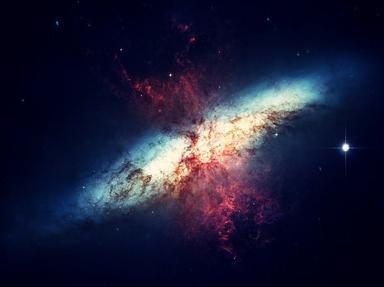Quiz Answer Key and Fun Facts
1. Rising up like a majestic equine spirit is a nebula that is one of the most popular to photograph. Which nebula is pictured here?
2. Some nebulae come out of the dark of space like giant sea creatures. So, out of the sea of stars, which nebula is seen here?
3. Like a giant DNA strand, this nebula has gas plumes extending far. What was this nebula named, based on what it looks like?
4. Perhaps it was thought that this nebula could be dropped into a galactic Earl Grey tea when it was first seen in a false-colour image. What is the name of this unusually round nebula?
5. Upon a web of stars, this nebula has a super-hot white dwarf at the center of it. What is the name of this nebula, based on what it resembles?
6. Fittingly, this nebula can only be seen in the southern hemisphere, mate. It is also the coldest known place in the universe. What is this nebula called?
7. An interstellar giant may use this nebula to get a good workout. It was also the first nebula of its type to be observed by Charles Messier. What is the name of this nebula?
8. It would take a huge scoop of ice cream to fill this nebula. What is the name of this birthplace of new stars?
9. Though this nebula can be found within the zodiac constellation of Taurus, judging by its name it probably would be associated with a different astrological sign. Which nebula can be seen here?
10. This nebula can be seen as a feline peeking through the night sky to stare at Earth. Does it have sinister purposes..? What is the name of this nebula?
Source: Author
LeoDaVinci
This quiz was reviewed by FunTrivia editor
rossian before going online.
Any errors found in FunTrivia content are routinely corrected through our feedback system.
